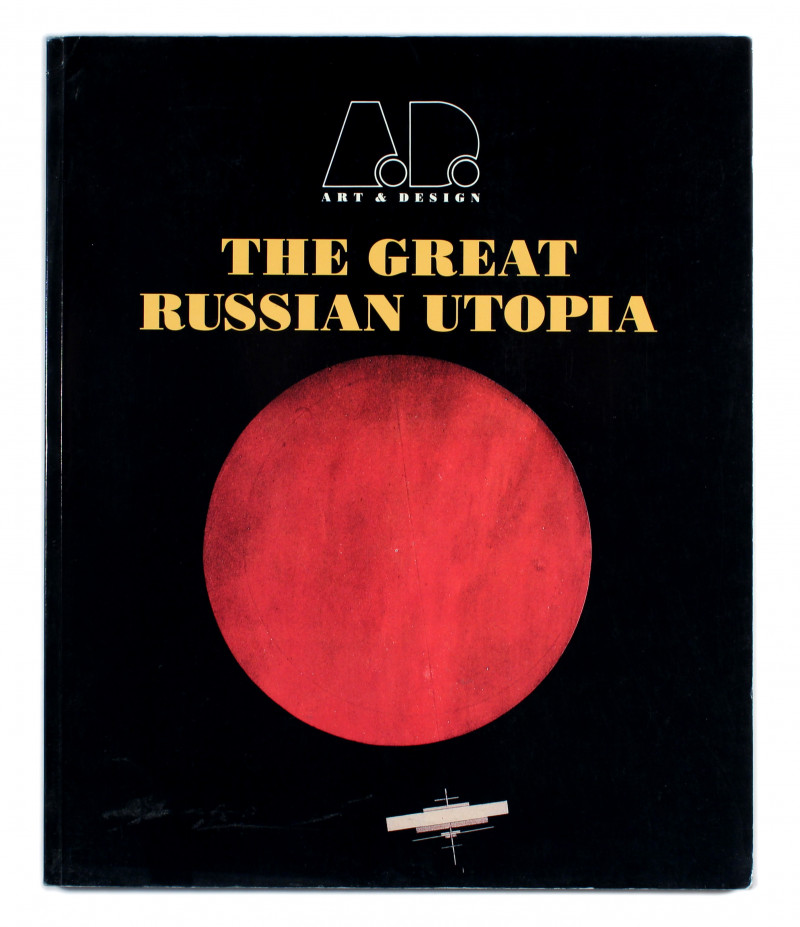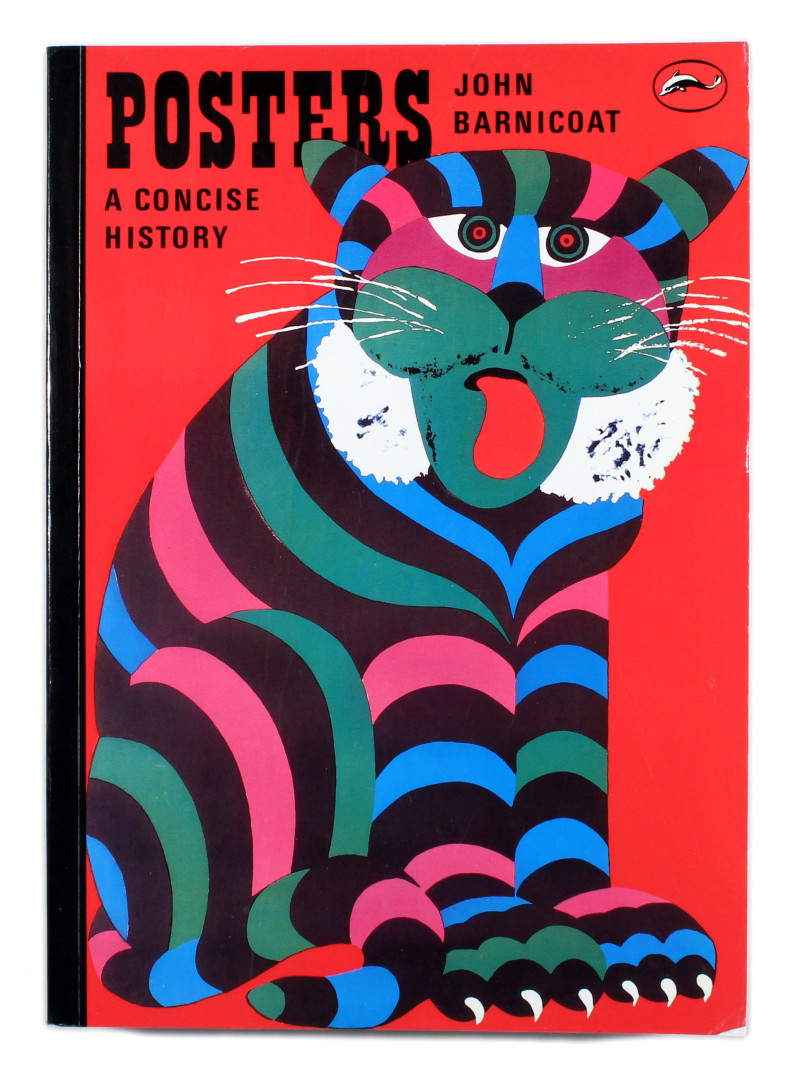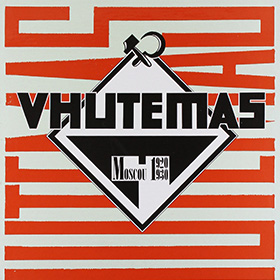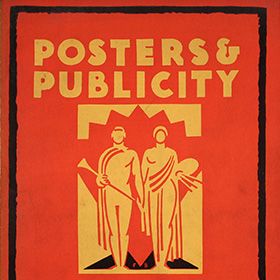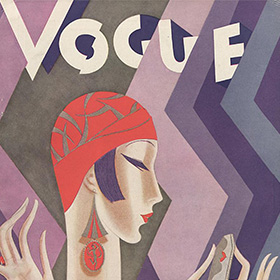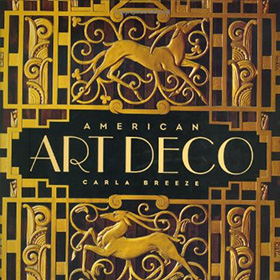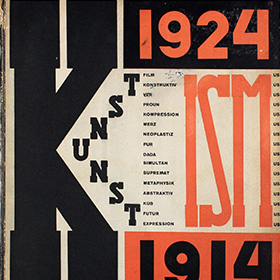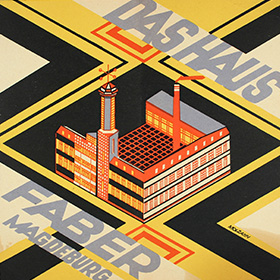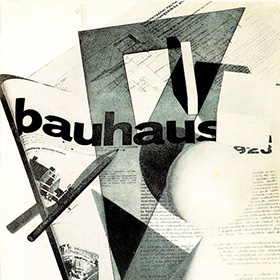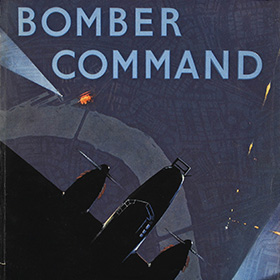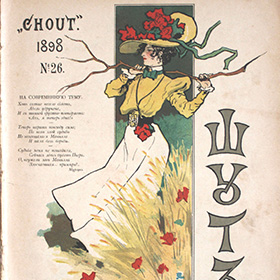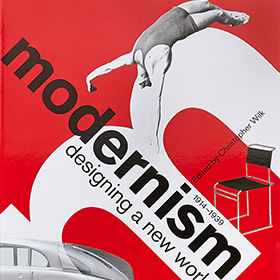Monthly Tourist Review
Browse By Art Movement
Russian Constructivism has been one of the most influential modern art movements to flourish in the 20th century, which has significantly impacted the graphic design of Soviet periodical publications and books. It has emerged in Russia (Soviet Union) just as the Bolsheviks came to power in the October Revolution of 1917, and initially acted as a driving force for a cultural revolution, which has eventually transformed the art into a practice for social purposes. It has borrowed ideas from the previously popular movements such as Cubism, Suprematism and Futurism, but at its heart was an entirely new approach to making art: it sought to abolish the traditional artistic concern with composition, and replace it with 'construction.'
Art Deco is a style of visual arts, architecture and design that developed into an international design movement in the 1920s and 30s. Named after the International Exhibition of Modern Decorative and Industrial Arts held in Paris in 1925, Art Deco can be seen as successor to and a reaction against Art Nouveau. Seen in furniture, architecture and art, it was also a notable style of cinema and graphic design of advertisements and periodicals. This movement is different from the fine arts (painting and sculpture) where the art object has no practical purpose or use beyond providing interesting viewing.
With the advent of large-scale manufacturing, artists and designers wished to enhance the appearance of mass-produced functional objects - everything from clocks and ashtrays to cars and buildings. Art Deco's pursuit of beauty in all aspects of life was directly reflective of the relative newness and mass usage of machine-age technology rather than traditional crafting methods to produce many objects.
With modern design’s intrinsic nature as a combination of art and industry, we owe much to Bauhaus, a German design school that persevered throughout a tough time of social and political upheaval to leave one of the biggest stamps on art, architecture and design in the 20th century.
The Bauhaus movement began in 1919 when Walter Gropius founded a school with a vision of bridging the gap between art and industry by combining crafts and fine arts. Prior to the Bauhaus movement, fine arts such as architecture and design were held in higher esteem than craftsmanship (i.e. painting, woodworking), but Gropius asserted that all crafts, including art, architecture and geometric design, could be brought together and mass-produced. Gropius argued that architecture and design should reflect the new period in history (post World War I), and adapt to the era of the machine. The Bauhaus movement is characterized by economic sensibility, simplicity and a focus on mass production. “Bauhaus” is an inversion of the German term “hausbau,” which means “building house” or house construction.
Other Movements was an artistic and architectural philosophy that originated in Russia beginning in 1913 by Vladimir Tatlin. This was a rejection of the idea of autonomous art. He wanted 'to construct' art. The movement was in favour of art as a practice for social purposes. Other Movements had a great effect on modern art movements of the 20th century, influencing major trends such as the Other Movements and De Stijl movements.


